
EU Hot-Rolled Coil Quota Utilisation Declines Sharply
EU data reveals that hot-rolled coil (HRC) import quotas usage has dropped to its lowest level in years. Utilisation currently stands below 780,000 tons, down significantly from 1.6 to 1.7 million tons in recent July-September quarters. Turkey still has approximately 140,000 tons of unused quota but is expected to use most of it. Despite this, total quota usage remains far below previous years. This decline likely results from EU policies like reduced quotas for “other countries” and anti-dumping measures targeting Egypt, Japan, and Vietnam. Furthermore, weak EU steel demand contributes to reduced import volumes.
Impact of Safeguards and Calls for Stricter Measures on EU HRC Imports
The sharp drop in quota utilisation raises challenges for the European Commission’s post-safeguard policy plans. Eurofer, representing the EU steel industry, requests a 50% cut in HRC import volumes starting January 2026, eliminating quota exemptions and imposing a 50% tariff. This aims to lower imports to 15% of the market from about 30% recently. Eleven EU member states back this proposal, seeking a 40-50% reduction. However, supply could tighten further as quotas shrink from already historic lows. Meanwhile, exempt countries like Ukraine and Indonesia continue to ship substantial volumes. Indonesia, in particular, exported over 320,000 tons of HRC to the EU in May and June. Rumors of a dumping investigation are circulating but have recently cooled.
SuperMetalPrice Commentary:
The EU HRC import quota decline signals tightening supply amid ongoing trade policy shifts. As the Commission weighs stricter measures, stakeholders must monitor potential impacts on steel prices and supply chains. Increased imports from exempt countries such as Indonesia could prompt broader trade actions. This situation highlights the complex balance between protecting local producers and ensuring adequate supply in a recovering market. Companies involved in European steel manufacturing should prepare for volatility as policies evolve in 2026.


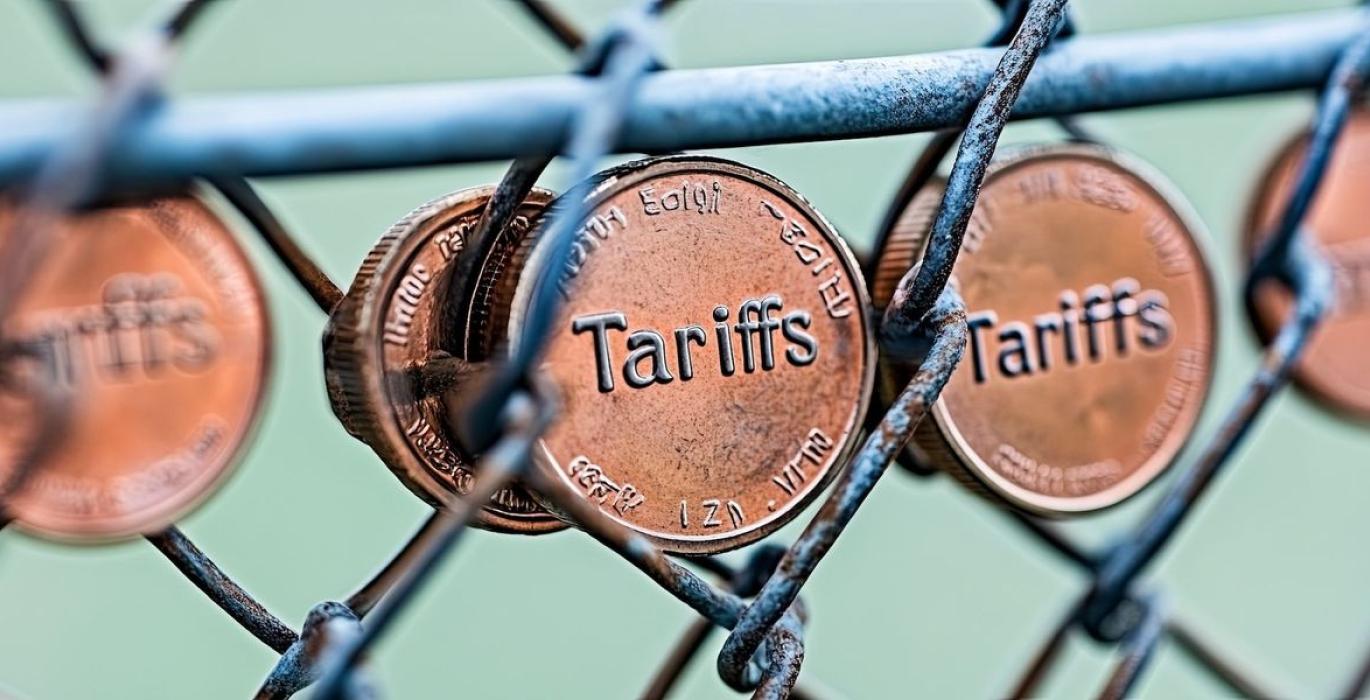




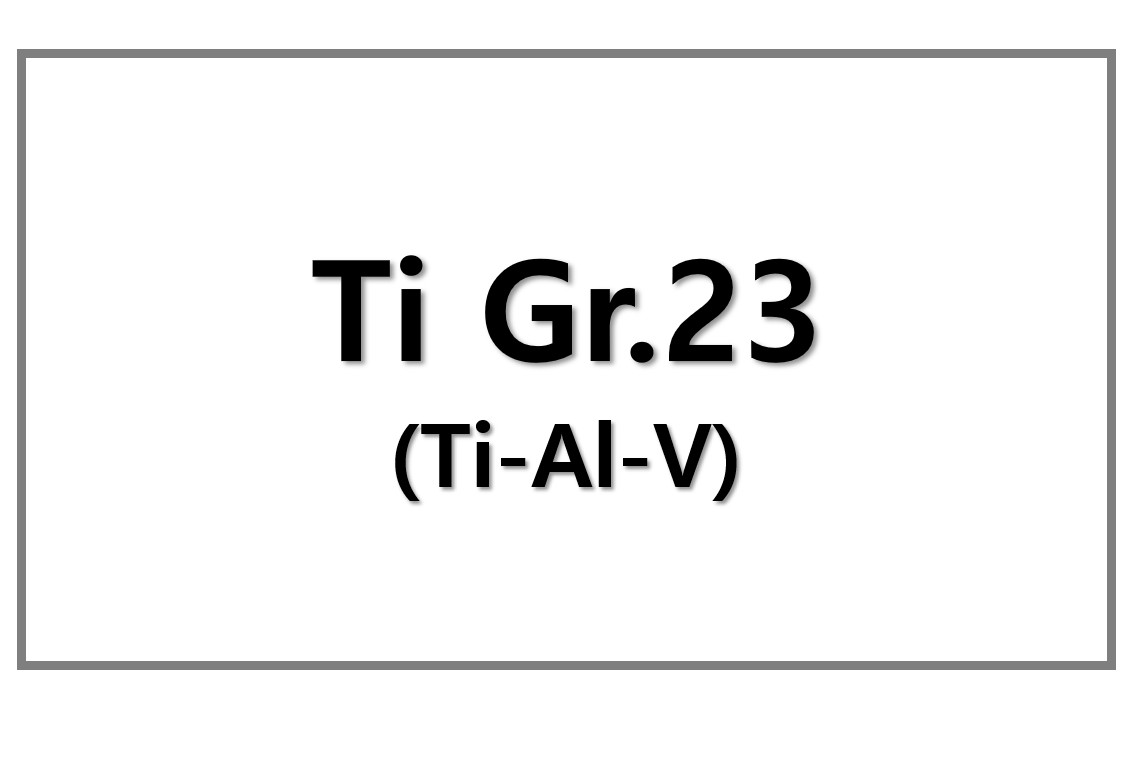
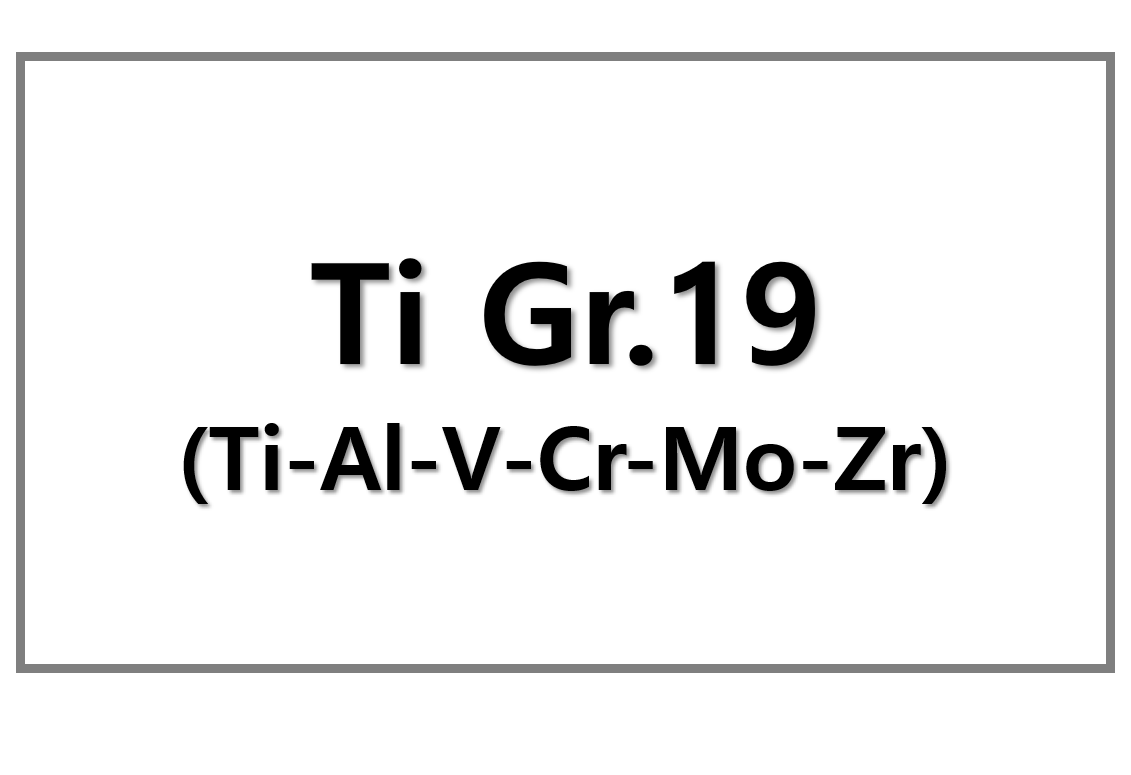
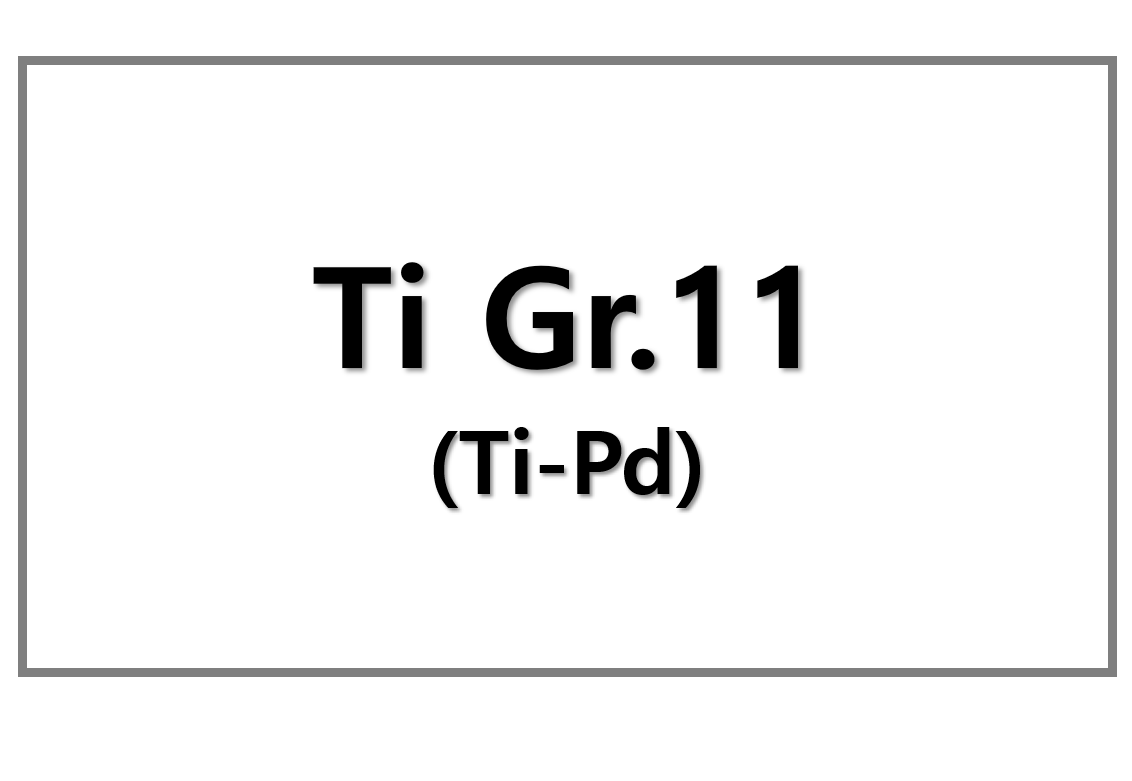
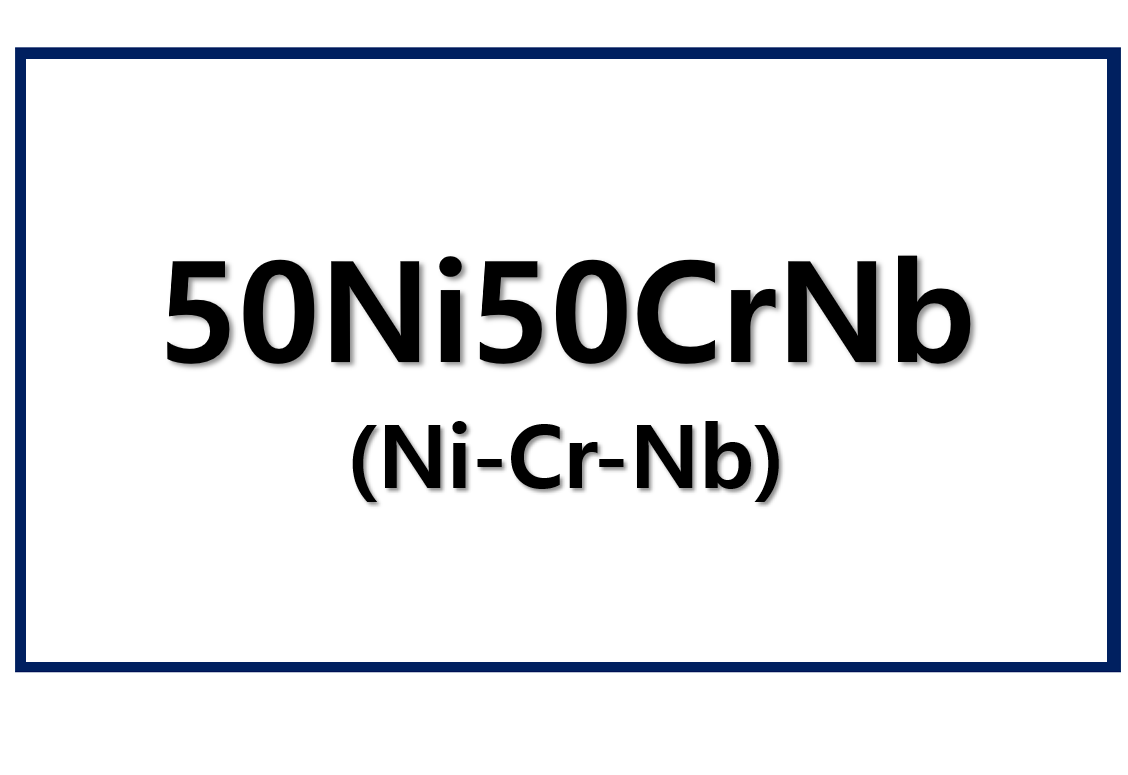
Leave a Reply
You must be logged in to post a comment.